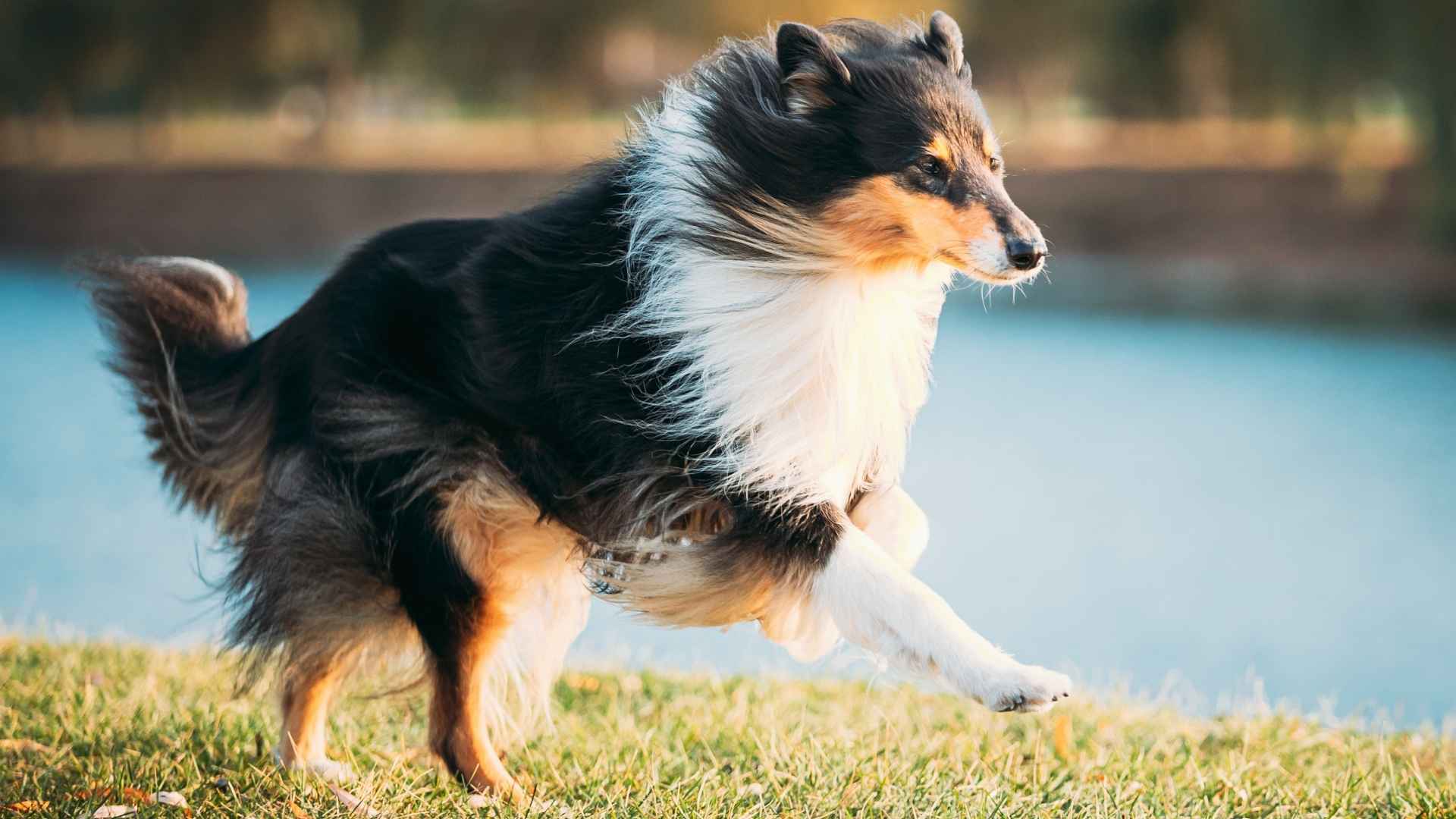Not all dogs are velcro companions—some prefer their space, making their own decisions while still forming deep bonds with their owners. These independent breeds have been shaped by history, initially bred for guarding, hunting, or working alone without constant human direction.
If you’ve ever noticed your dog confidently exploring on their own, making their own rules, or displaying a cat-like attitude, you might have an independent pet on your hands! While this self-sufficiency can be a challenge for first-time owners, for the right person, it can be incredibly rewarding.
In this guide, we’ll explore 10 fascinating dog breeds known for their self-reliance—from the ancient Basenji to the dignified Akita. Let’s explore!
Dog Breeds That Are Independent
1. Chow Chow
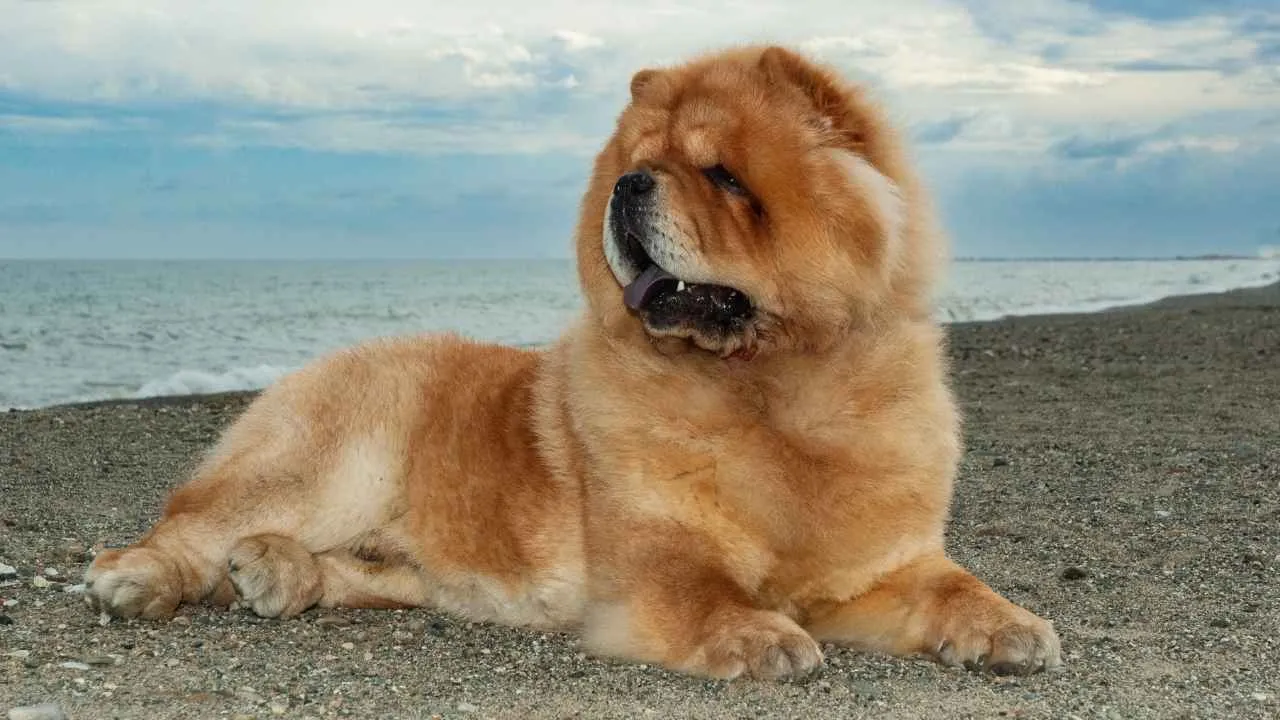
The Chow Chow is an ancient breed with roots in China, dating back over 2,000 years. Once used as temple guards, hunters, and even war dogs, they were prized for their versatility and resilience. Their distinctive lion-like mane and dignified demeanor made them a favorite among Chinese nobility, solidifying their place in history as both protectors and companions.
Among independent dog breeds, the Chow Chow stands out for its aloof and self-reliant nature as mentioned in Britannica. Unlike many affectionate dogs, they don’t crave constant love and prefer to make decisions on their own. While they can form deep bonds with their owners, they often remain reserved, especially around other dogs or strangers.
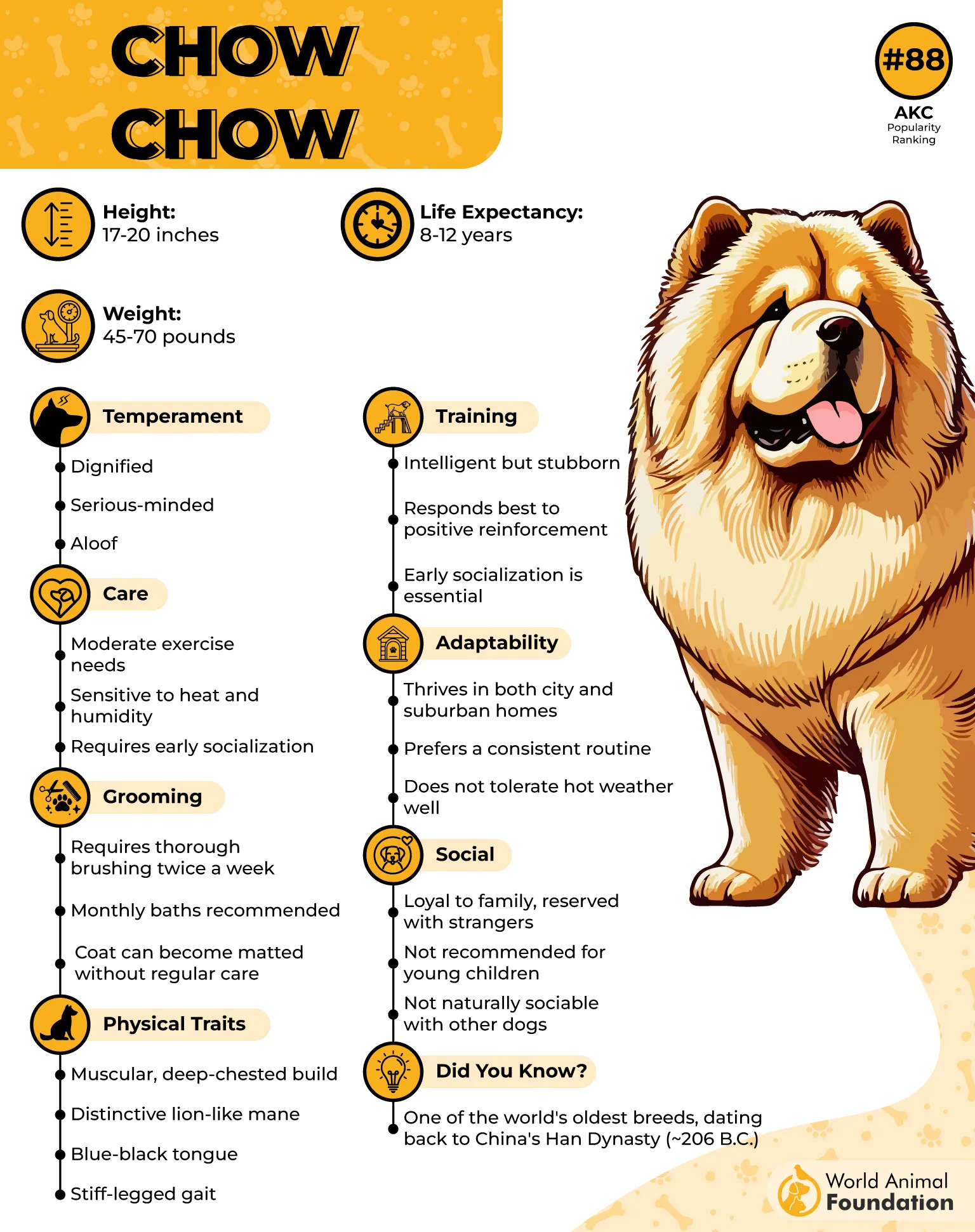
This breed carries an air of royalty, walking with confidence and an almost cat-like attitude. They enjoy their own space, rarely seeking out cuddles, yet their loyalty to their chosen person is undeniable. A Chow Chow won’t follow commands blindly—they assess situations before deciding if a task is worth their effort.
Training a Chow Chow requires patience and mutual respect. Their strong-willed nature makes them resistant to traditional obedience methods, so positive reinforcement and early socialization are key. They respond best to firm yet fair guidance but don’t expect unwavering eagerness to please.
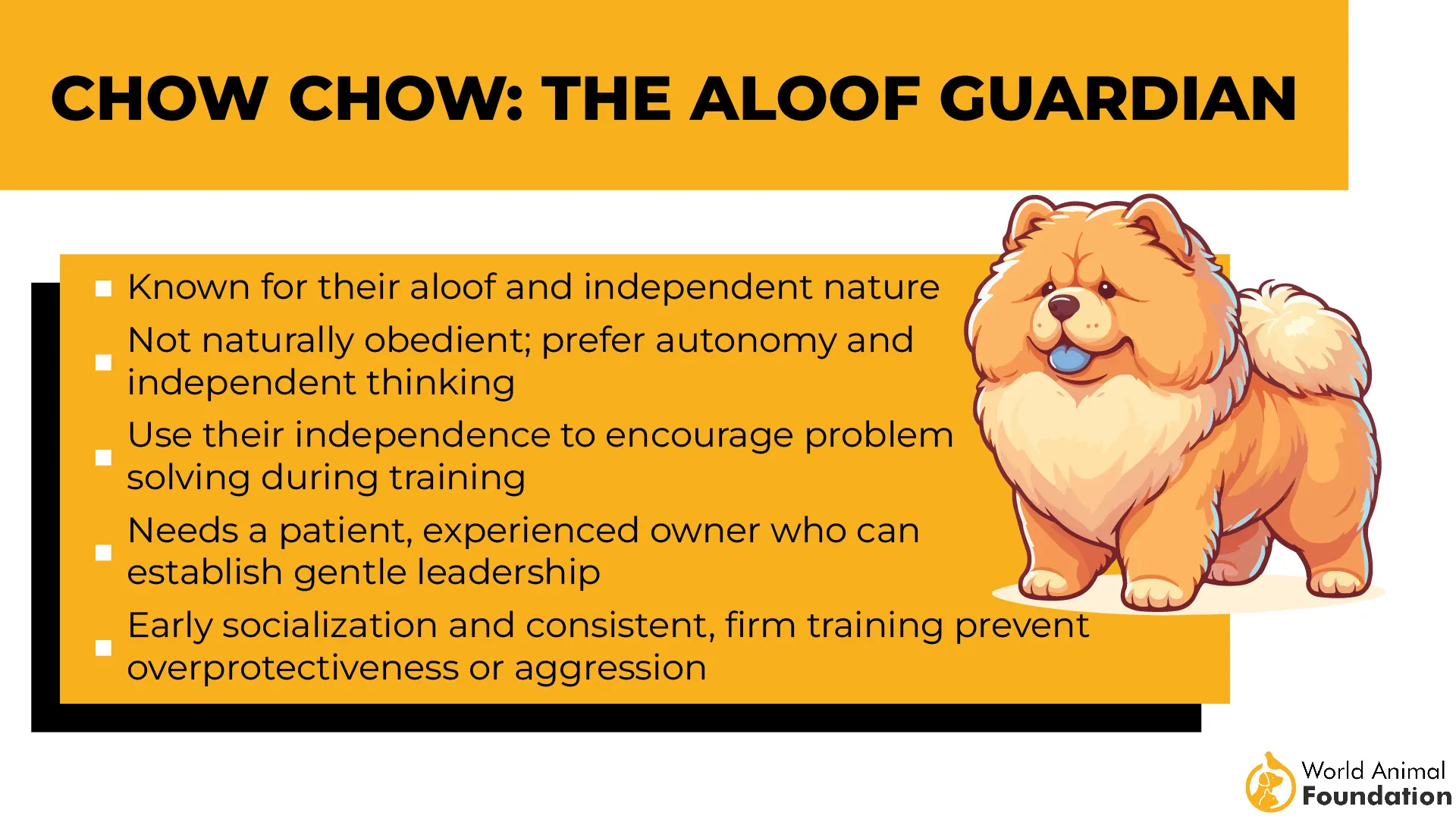
Living with a Chow Chow is best suited for experienced owners who appreciate independence in their pets. They thrive in quiet households with structured routines and minimal chaos. While they can adapt to apartment living, they do best in a spacious home with a secure yard where they can observe their surroundings at their own pace.
2. Yorkshire Terrier

Originally bred in 19th-century England, Yorkshire Terriers were fearless rat hunters in textile mills. Their small size masked a big personality, making them both working dogs and aristocratic companions. Over time, they transitioned from factory floors to stylish lapdogs of high society.
Yorkies are among the most independent dog breeds, always eager to explore on their own terms as AKC stated. Unlike couch potatoes, they are lively and curious, constantly seeking adventure. While affectionate, they don’t cling, preferring to rule the household their way.
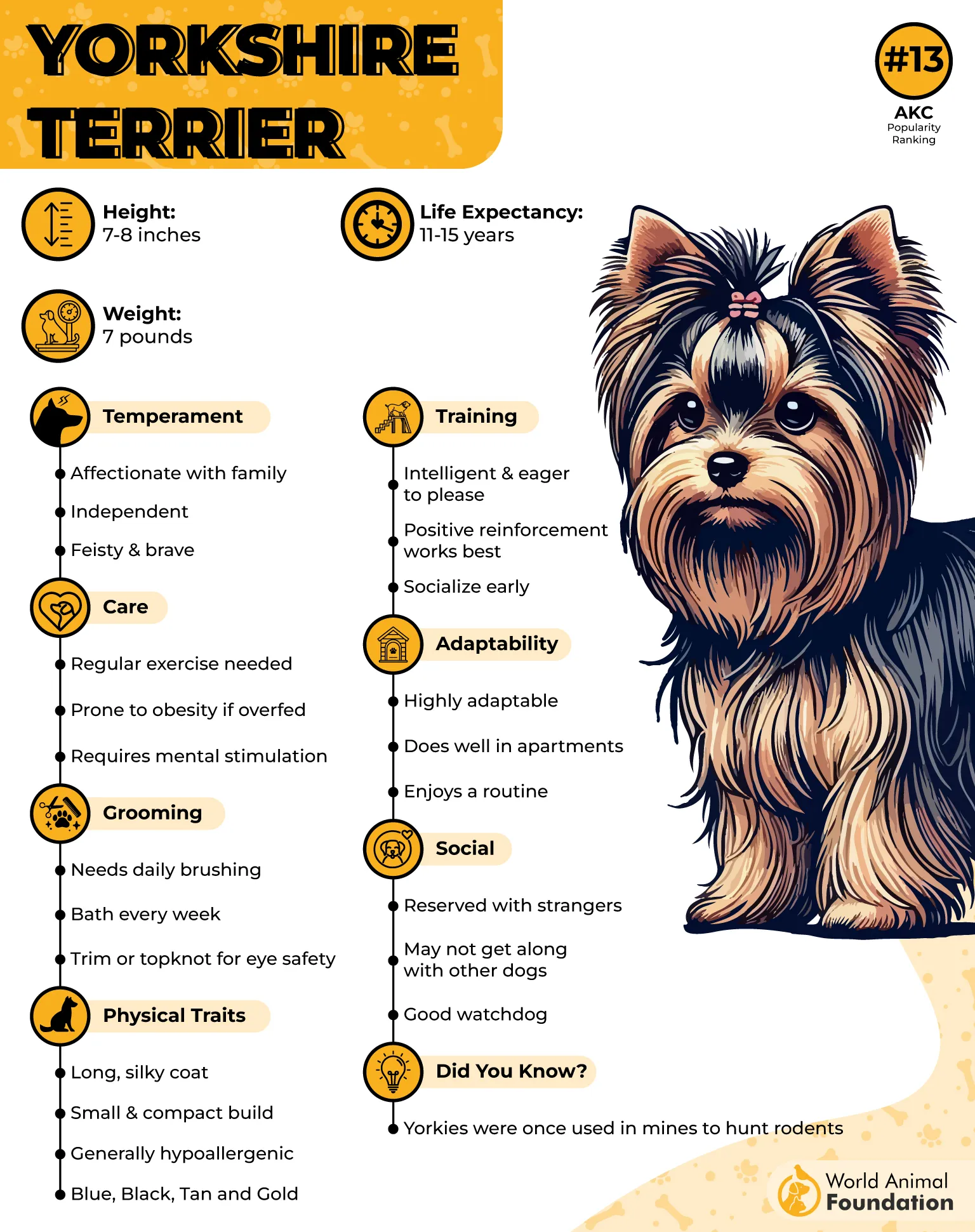
These dogs tend to act much bigger than they actually are, standing firm against larger breeds. Their playful yet determined streak keeps owners entertained with endless antics. Clever but stubborn, they enjoy testing boundaries just for fun.
Training them requires patience, as their independent nature makes them selective learners. Positive reinforcement works best, but sessions must stay short to hold their interest. If bored, they’ll simply decide they have better things to do.
For busy owners, Yorkies are an excellent choice due to their adaptable lifestyle. Their compact size suits apartments, but they still demand plenty of mental stimulation. As long as they get attention, they’ll happily rule their home like tiny royalty.
3. Greyhound
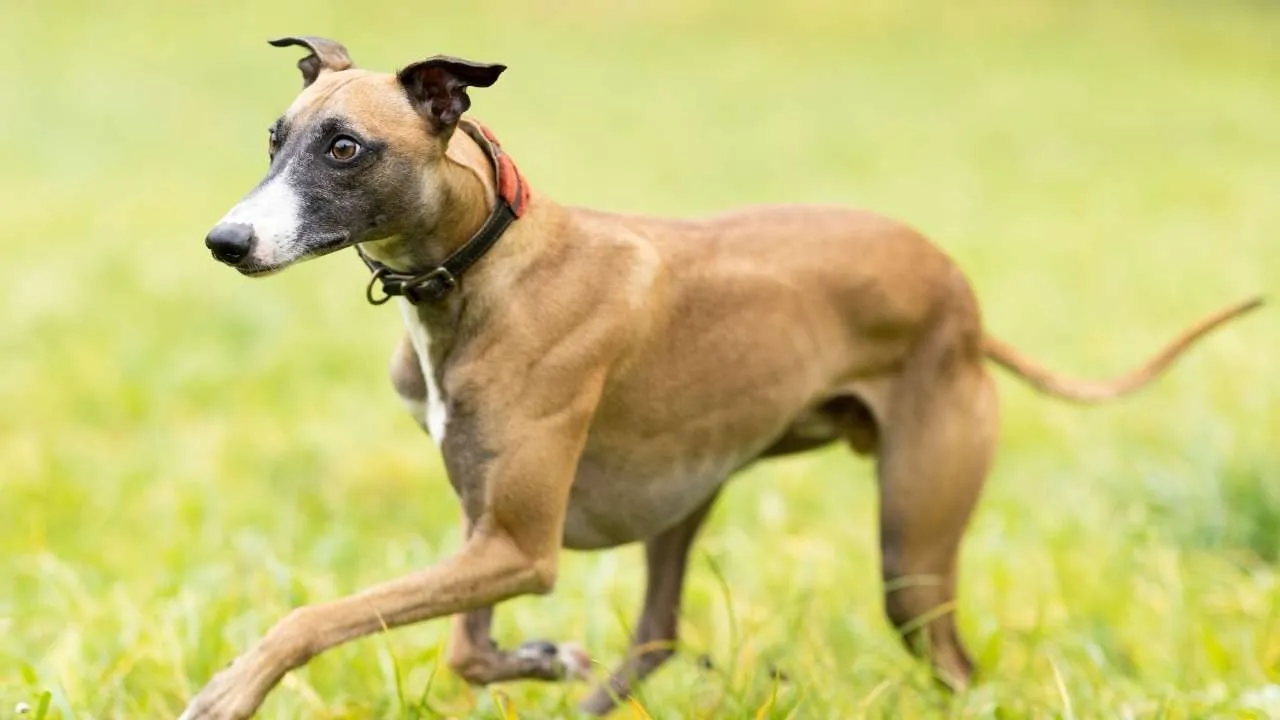
One of the oldest large dogs, Greyhounds have a royal history dating back to ancient Egypt. Bred for speed, they became prized racing and hunting companions across Europe. Despite their athleticism, they’ve now settled into life as beloved, easygoing pets.
These dogs enjoy their independence and aren’t overly demanding of attention. They appreciate companionship but also value their alone time, often lounging for hours. Unlike breeds that crave constant interaction, Greyhounds are content with occasional affection.
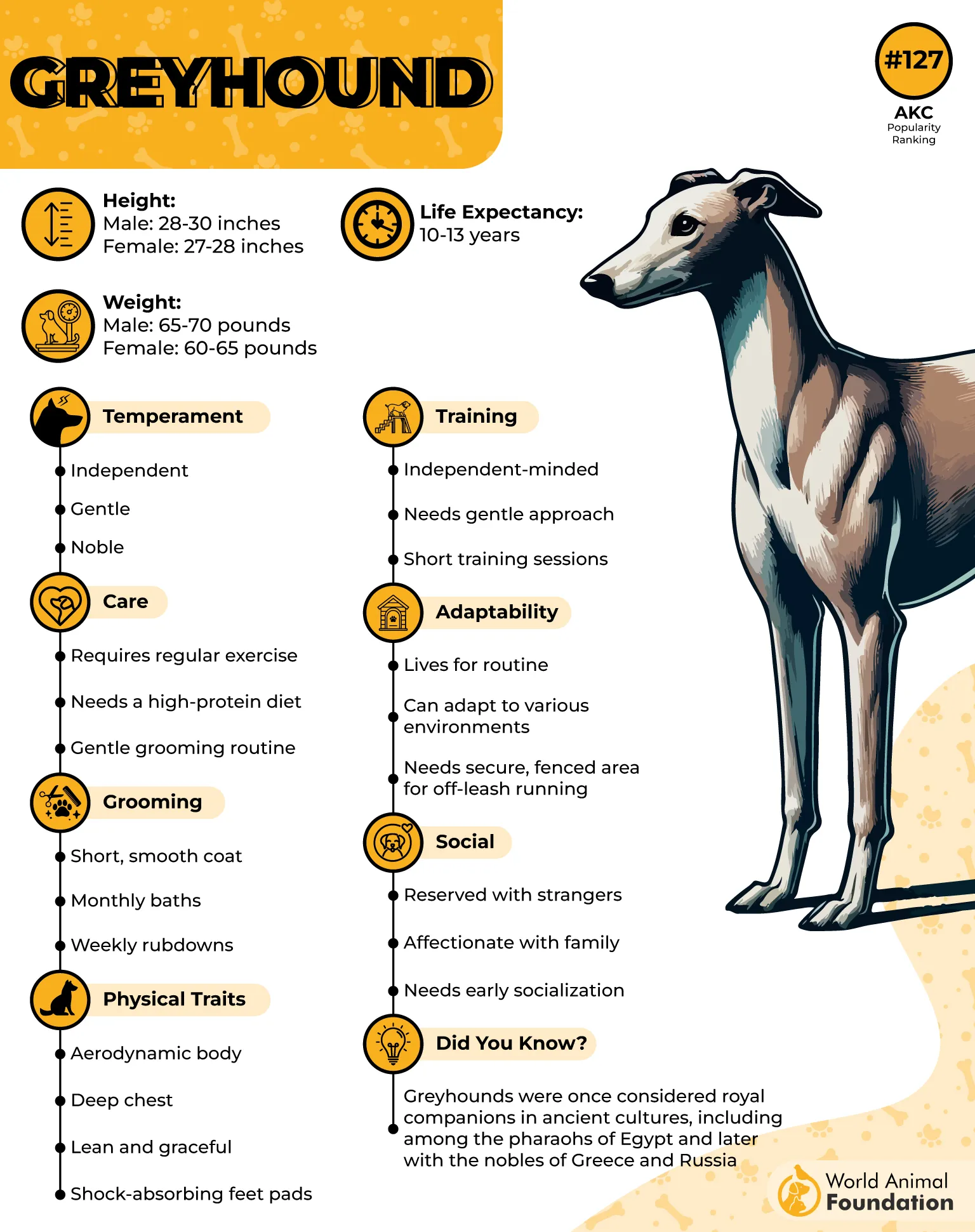
Though gentle, they display affection differently than others and won’t smother their owners with endless cuddles. They prefer subtle displays of love, like resting their head on your lap. Their calm demeanor makes them excellent companions for those who appreciate a relaxed pet.

Training a Greyhound requires patience, as they have a naturally independent streak, as per PetMD. They respond well to positive reinforcement but get bored with repetition. Keep sessions short and rewarding, or they’ll lose interest and wander off.
Their adaptability makes them perfect for various homes, whether with families, singles, or seniors. They coexist well with other pets, especially when socialized early. Even in apartments, they thrive, as they only need short bursts of exercise rather than extended periods of activity.
4. Shiba Inu

The Shiba Inu, one of Japan’s most popular breeds, carries an air of confidence wherever it goes. Bred for hunting, this spirited dog has a bold personality that sets it apart from other breeds. Their fox-like appearance and charming expressions only add to their undeniable appeal.
Unlike clingy dogs, Shibas love their independence and enjoy being left to their own devices. They form strong bonds but don’t constantly seek attention, making them ideal for owners who appreciate a self-sufficient pet. If they want affection, they’ll let you know—on their own terms, of course!

Despite their boldness, Shibas are surprisingly mild-mannered when raised with proper training and socialization. They aren’t aggressive but can be stubborn, often choosing when to listen. Their intelligence makes training possible, though they’ll pretend not to hear you when uninterested.
When it comes to grooming needs, they are naturally clean dogs with little odor, often compared to cats in their self-care habits. Shedding can be intense during seasonal changes, but regular brushing keeps their thick coat manageable. They take pride in their pristine appearance!
These dogs fit well in both city apartments and suburban homes, thanks to their low-maintenance nature. They don’t need excessive exercise, just daily walks and some playtime. While affectionate, they’re independent thinkers who thrive with patient owners who respect their unique personalities.
5. Basset Hound
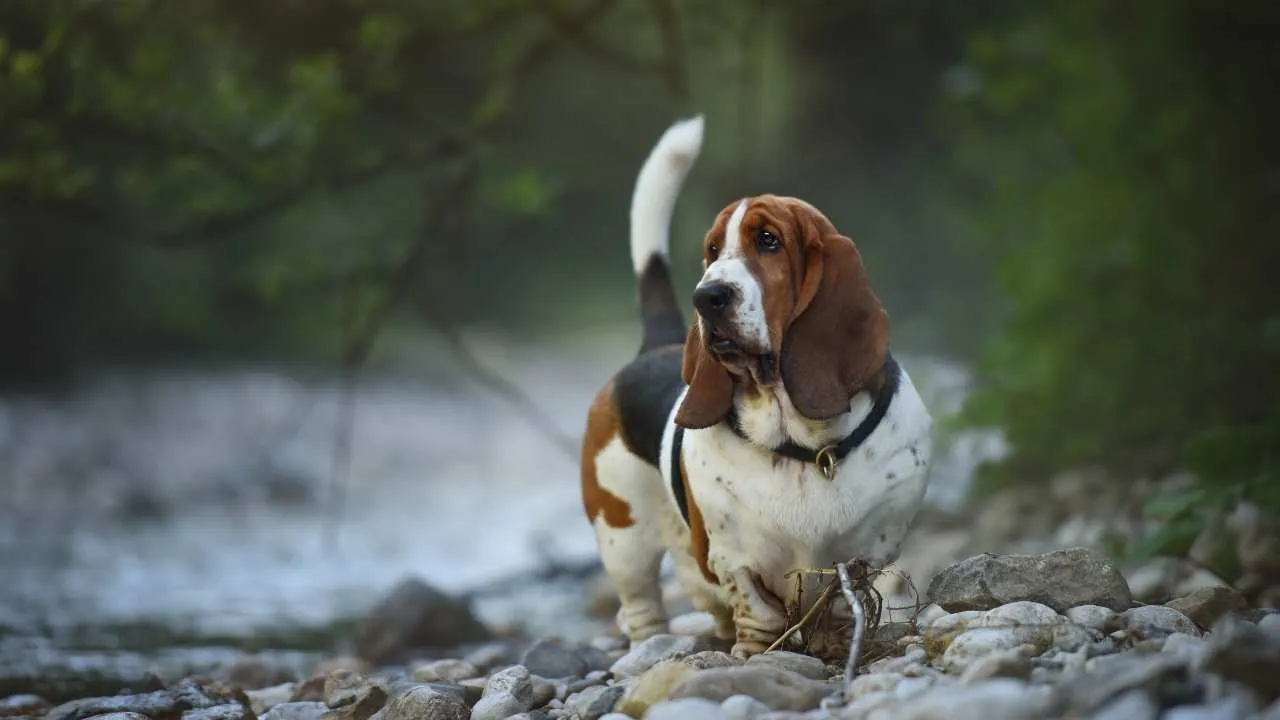
With its droopy ears and soulful eyes, the Basset Hound is impossible to ignore. Bred in France for hunting, this short-legged scent hound is known for its sharp nose and unshakable determination. Despite its low energy, it can track a scent for miles without losing focus.
Stubborn yet endearing, Bassets do things at their own pace, making them a true embodiment of independence. They enjoy companionship but aren’t overly needy, happy to lounge for long periods when not on the trail of an interesting smell. Food, however, is a guaranteed motivator!
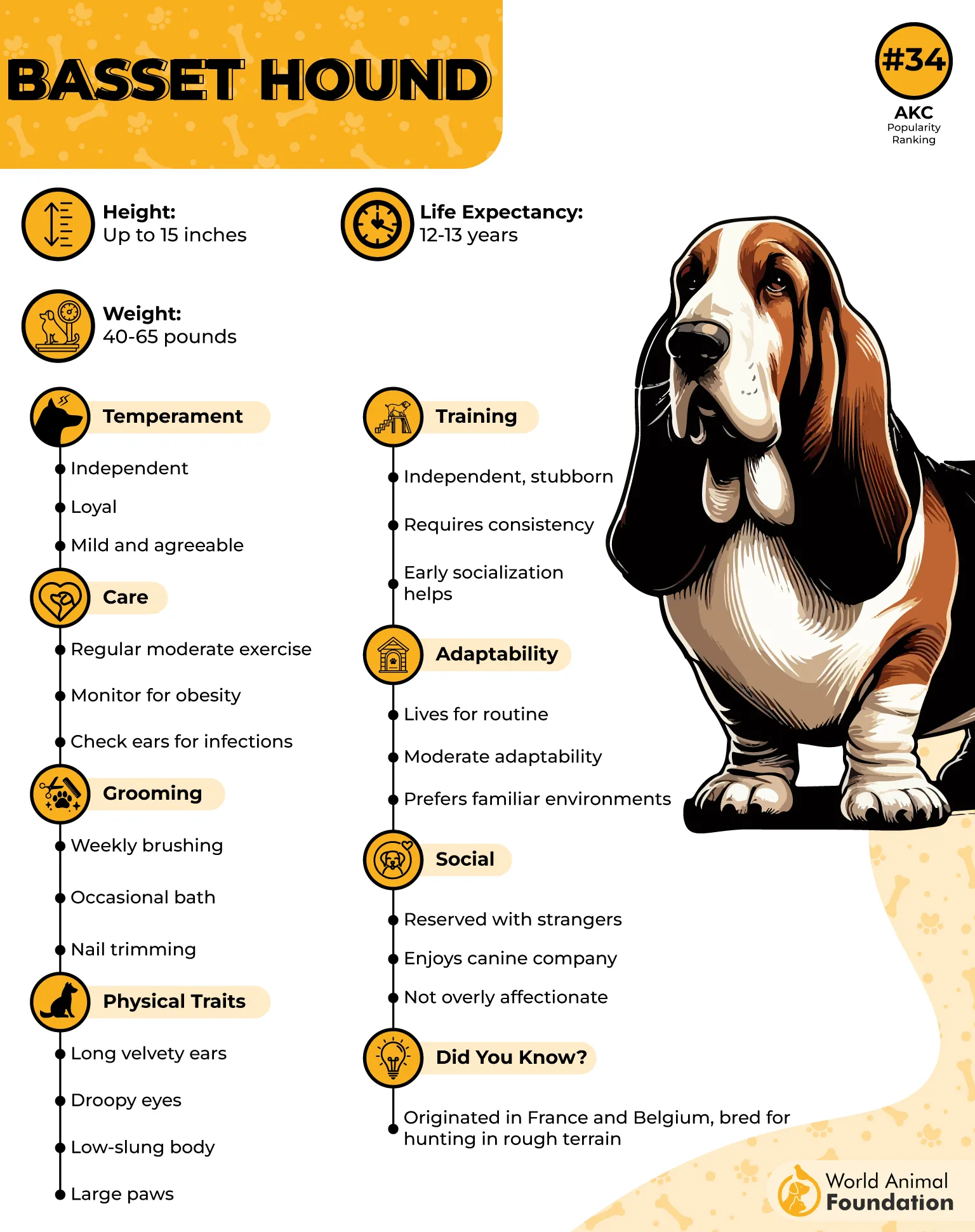
While they may look lazy, their energy level can surprise you, especially when they catch an interesting scent. They might not have high energy, but they love sniffing adventures and slow, steady walks filled with exciting aromas.
Training a Basset takes patience since their stubborn streak runs deep. Their powerful nose often overrides commands, so keeping their attention requires creativity. Short, reward-based training sessions work best, especially when snacks are involved.
A good match for relaxed households, Bassets thrive with owners who appreciate their quirky personality. They’re content with cozy indoor naps but also enjoy outdoor activities like casual walks. Their laid-back nature makes them ideal for homes that prefer a slower pace.
6. Chinese Shar-Pei
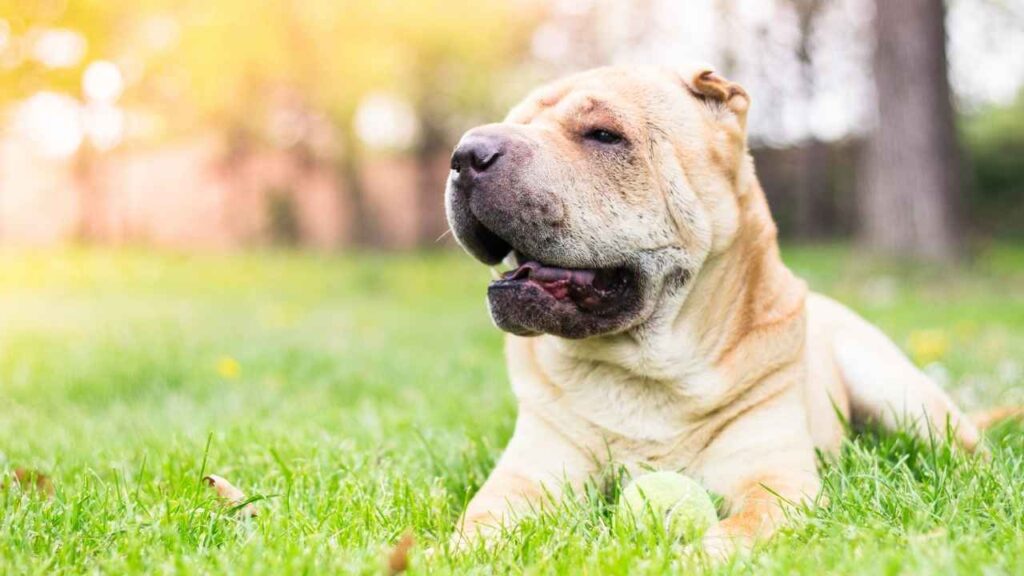
The Chinese Shar-Pei stands out with its wrinkled skin and signature blue-black tongue, a breed deeply rooted in ancient China. Once a guardian, hunter, and farm dog, this intelligent canine developed a strong sense of independence. Their unique look and confident demeanor make them unforgettable.
Shar-Peis do things on their own terms, making them both fascinating and challenging. While affectionate with their families, they aren’t overly clingy, preferring space to think and observe. Despite their strong-willed nature, they make great companions for owners who respect their independence.
Training a Shar-Pei is like negotiating with a clever strategist. Their intelligent minds quickly grasp commands, but they follow them only when they see a reason to. Early socialization and firm yet patient training help shape their naturally reserved personalities into well-mannered dogs.
With minimal grooming needs and a reputation for good health, they are relatively easy to maintain. However, their signature wrinkles require occasional care to prevent irritation. They may not be the most playful breed, but they bond deeply with those they trust.
Perfect for those who appreciate a self-sufficient dog, Shar-Peis adapts well to various lifestyles. They handle long hours alone better than some breeds, making them suitable for working professionals. While they enjoy companionship, they are content with moderate activity and quiet relaxation.
7. Central Asian Shepherd Dog

For centuries, the Central Asian Shepherd Dog has stood guard over livestock and property, earning a reputation as a fearless protector. This ancient breed, shaped by harsh environments, developed its strength, resilience, and independence through natural selection rather than human intervention.
When it comes to decision-making, this dog doesn’t wait for instructions. Independent by nature, it assesses situations on its own and takes action when needed. Their protective instincts are unmatched, making them fiercely loyal to their families while remaining cautious around strangers.
Early training is essential, especially with puppies, as they grow into powerful and dominant adults. Patience and consistency are key since they respect strong leadership but won’t tolerate harsh methods. Socialization helps channel their natural guarding instincts in a positive direction.
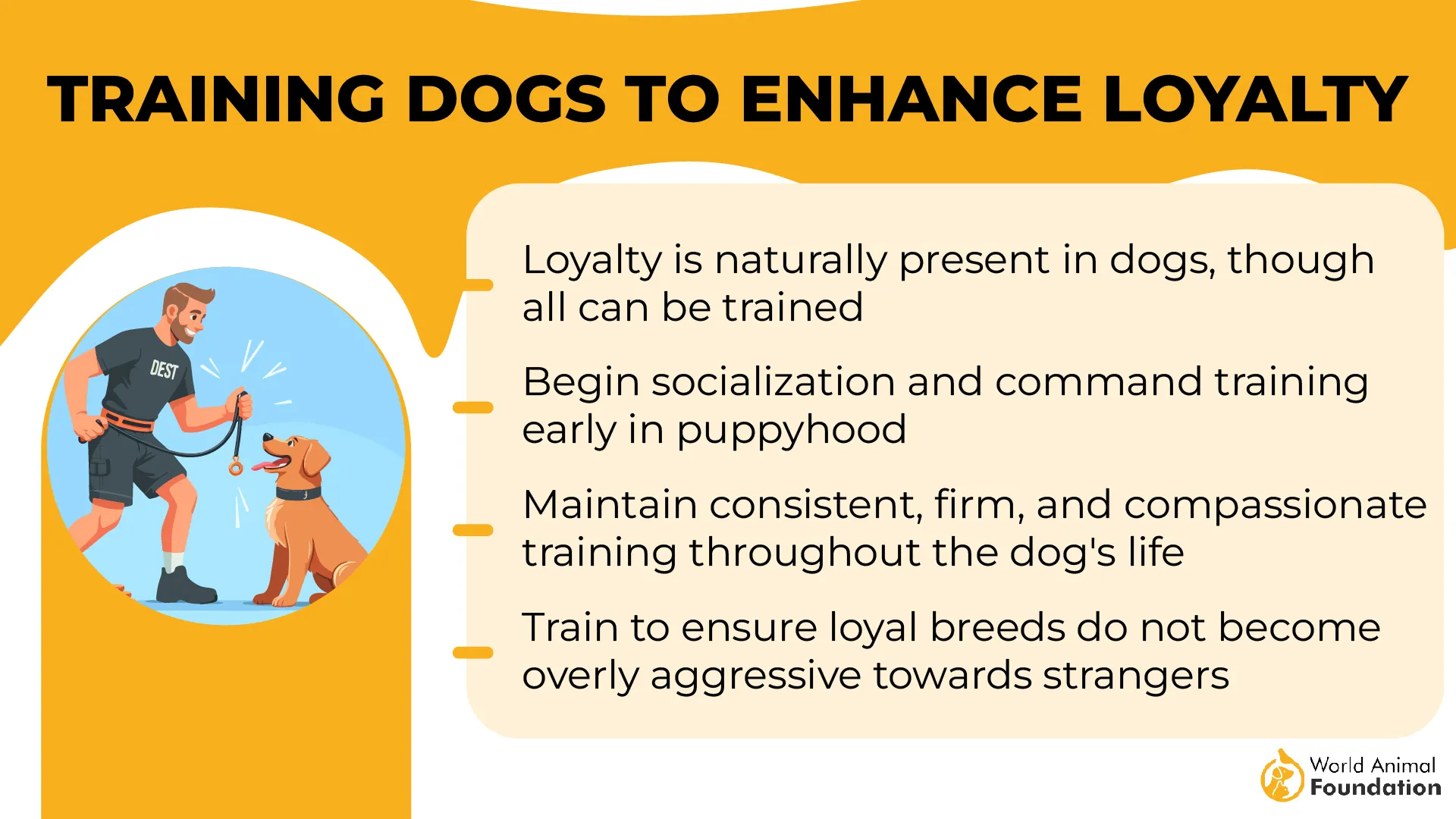
Despite their rugged history, they form deep bonds with their owners. Their loyal nature makes them devoted companions, but they thrive best with experienced handlers who understand their independence. They are not the kind to follow commands just for treats.
Space is a must for these giants, as they aren’t suited for small apartments. A secure house with a yard is ideal, giving them room to patrol and feel in control. While not overly active indoors, they appreciate having a job to do, even if it’s just watching over their territory.
8. Jindo
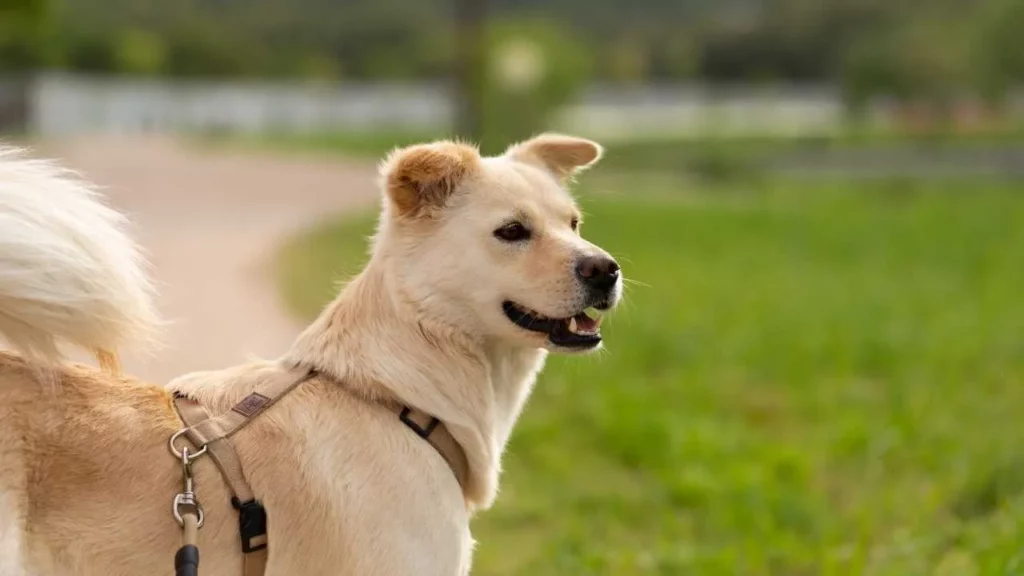
Originating from South Korea, the Jindo is a breed celebrated for its sharp instincts and deep-rooted loyalty. These dogs were once hunters and protectors, developing a strong sense of independence over time. Even today, they prefer making their own decisions rather than relying on constant guidance.
A Jindo isn’t one to hover around its owner all day, as they value their autonomy. Their intelligence shines in problem-solving, but they won’t respond well to forceful training. With patience and mutual respect, they develop a bond that is both deep and unwavering.
Socializing doesn’t come naturally to this breed, as they tend to be selective with their affection. They form strong attachments but may take time to warm up to new faces. For owners seeking a good fit for a more independent household, Jindos are an excellent choice.
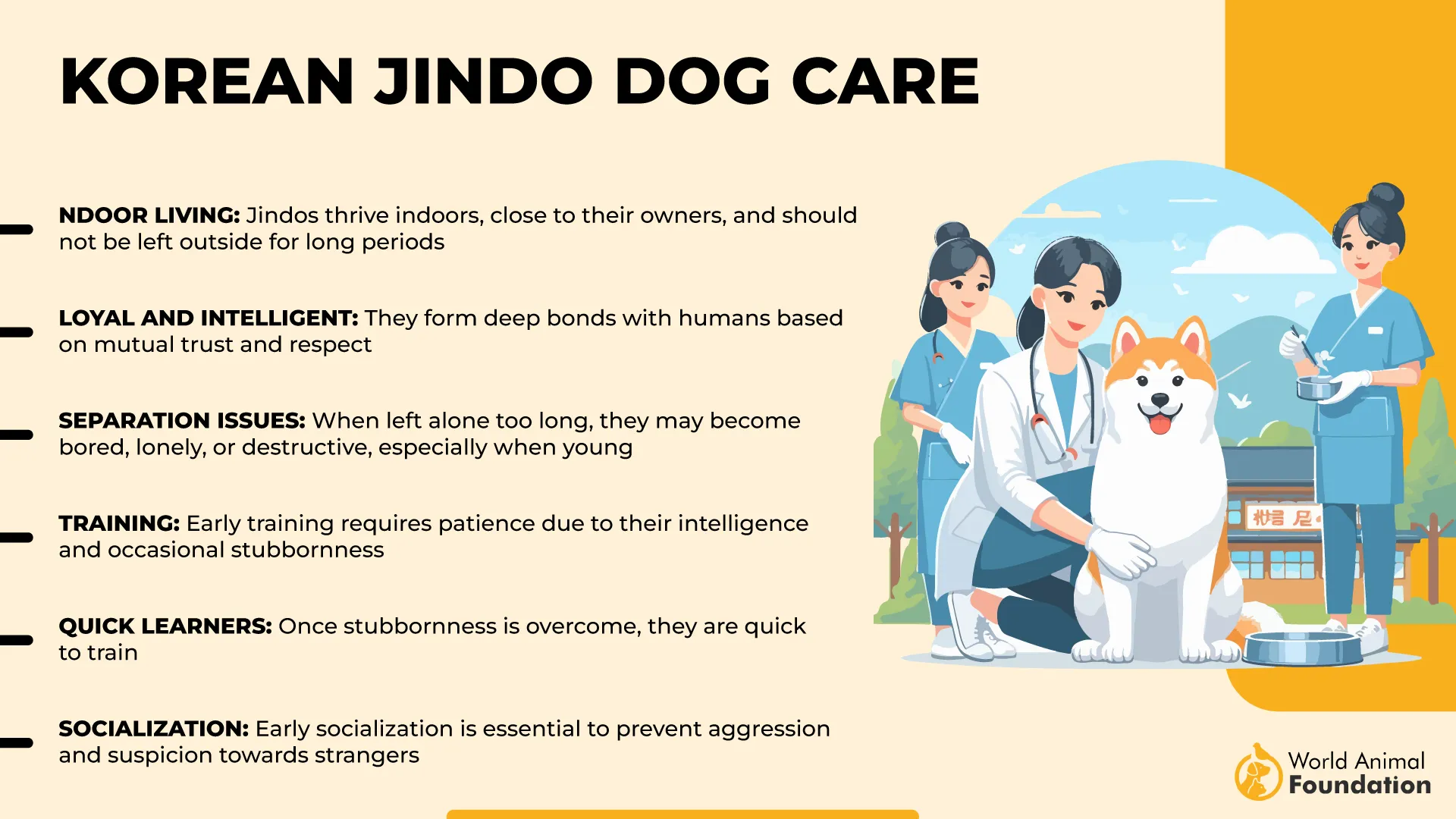
When it comes to training, they learn quickly but prefer to do things on their own terms. Keeping their minds busy with puzzles and tasks is essential, as a large amount of mental engagement helps prevent stubborn behavior. Positive reinforcement goes much further than strict commands.
Jindos enjoy outdoor adventures and need an environment that allows for exploration. They can adjust to city living if given plenty of exercise, but their reserved nature means they need careful introductions to kids and strangers. Once trust is earned, their devotion is absolute.
9. Basenji
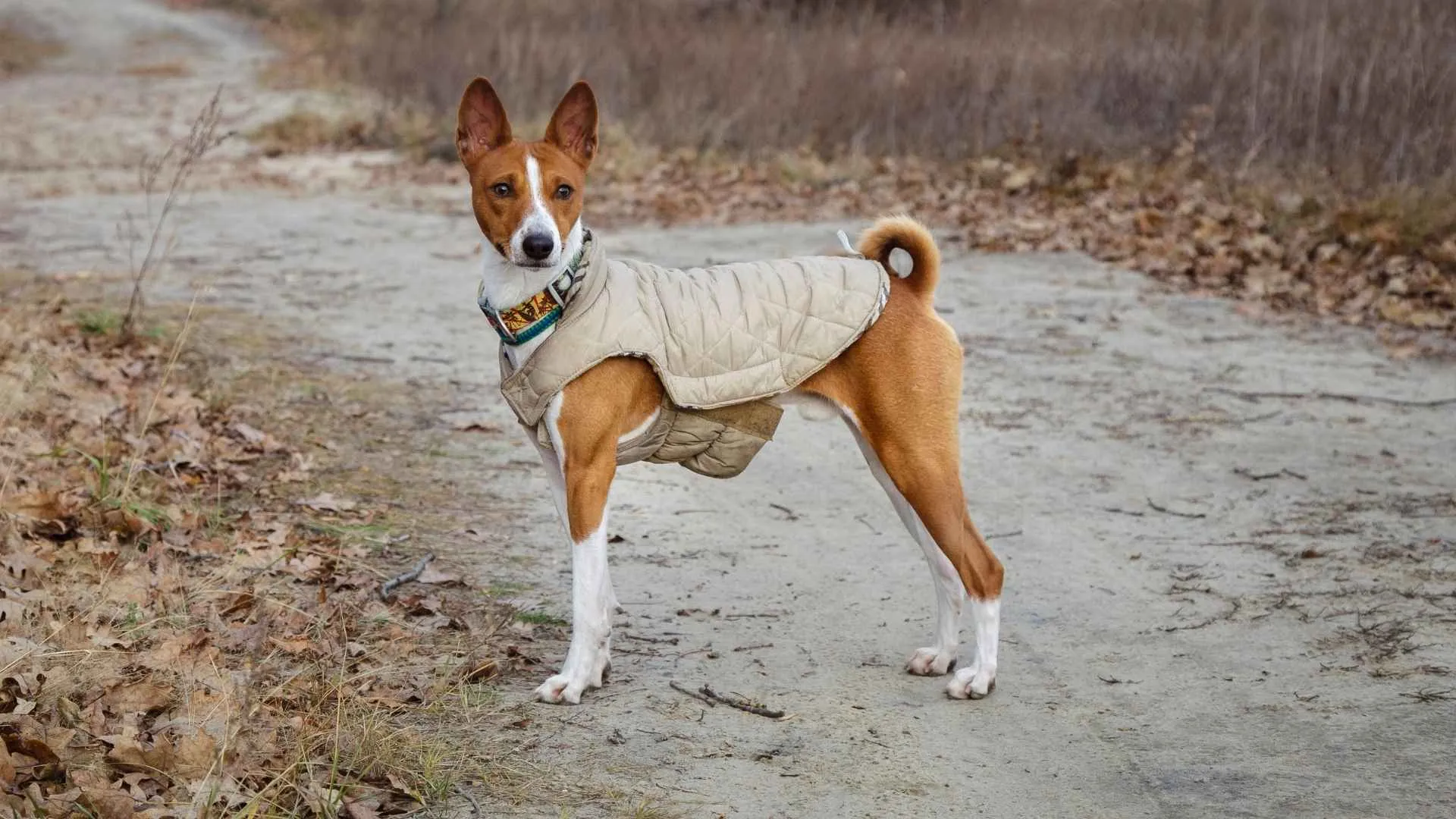
The Basenji is often called the “barkless dog,” but that doesn’t mean they’re silent. Instead of barking, they communicate through unique yodel-like sounds, a trait developed from their ancient African roots. Bred for hunting, they’ve maintained a sharp, independent mindset.
This breed thrives on curiosity and loves exploring its surroundings with minimal interference. Unlike clingy companions, Basenjis prefer doing things their way, making them a great match for owners who respect their space. They’re smart but have little patience for repetitive commands, so training requires creativity.
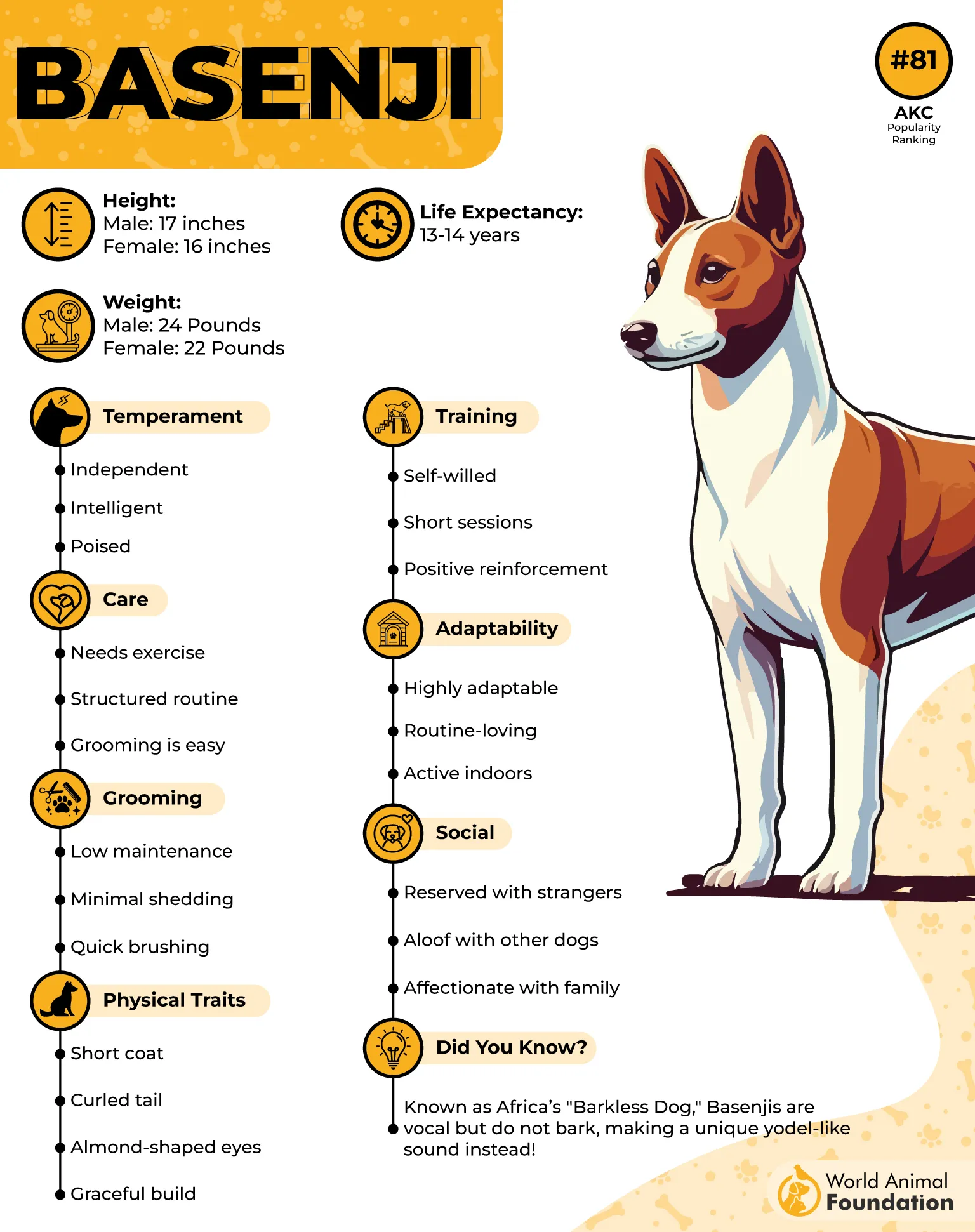
Energetic and full of personality, they’re always on the move and rarely enjoy sitting still. Their playful yet mischievous nature means they find ways to entertain themselves—whether their owner approves or not. Keeping them mentally and physically engaged is key to a happy Basenji.
Despite their independence, they form deep bonds with their families. They show affection in their own way, often choosing quiet companionship over excessive cuddling. Their loyalty is undeniable, but they won’t follow commands just for the sake of it.
Basenjis thrive in homes with secure yards or ample space to roam. Their cleanliness makes them surprisingly low-maintenance, but their adventurous spirit means they need consistent stimulation. For an owner who appreciates a clever, self-reliant dog, the Basenji is an ideal choice.
10. Akita
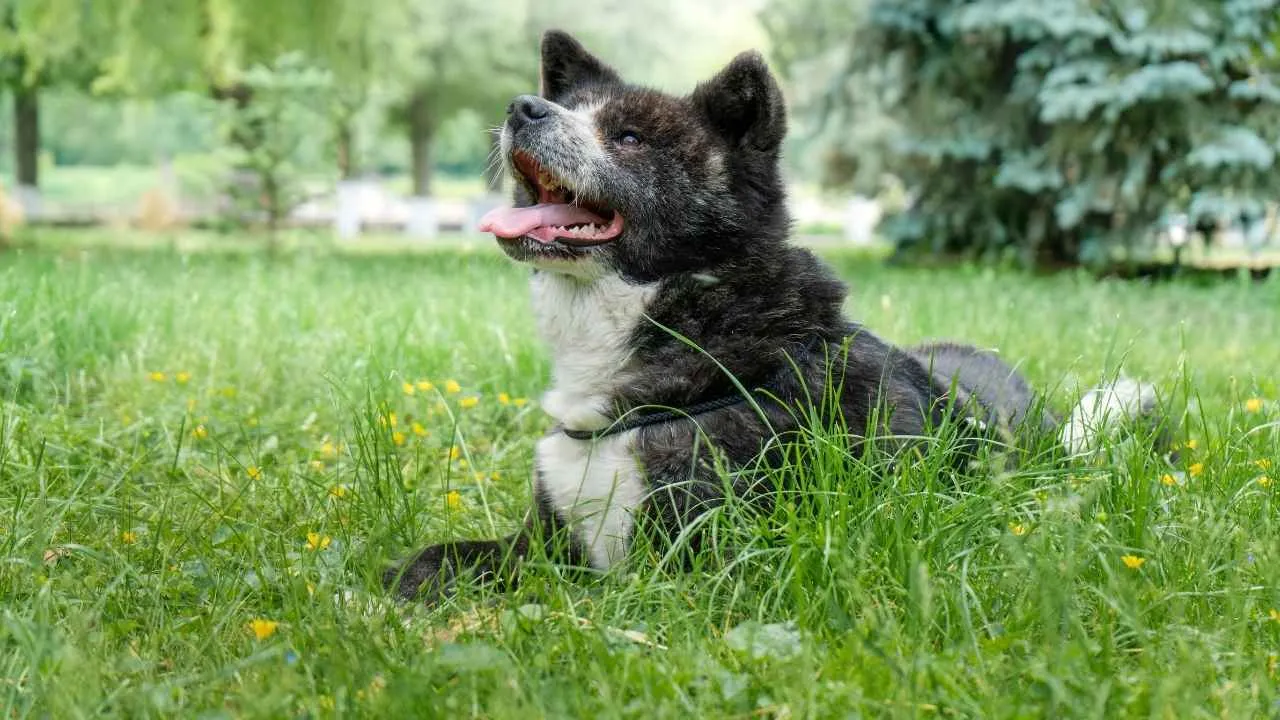
The Akita carries itself with quiet confidence, a trait deeply rooted in its Japanese heritage. Once revered as a symbol of loyalty, this breed was historically tasked with guarding royalty and hunting large game. Their independent thinking remains just as strong today, making them dignified yet fearless companions.
Akitas prefer to show love on their own terms. They form deep bonds with their families but rarely demand constant attention. Their natural aloofness toward strangers makes them excellent watchdogs, always observing before acting.
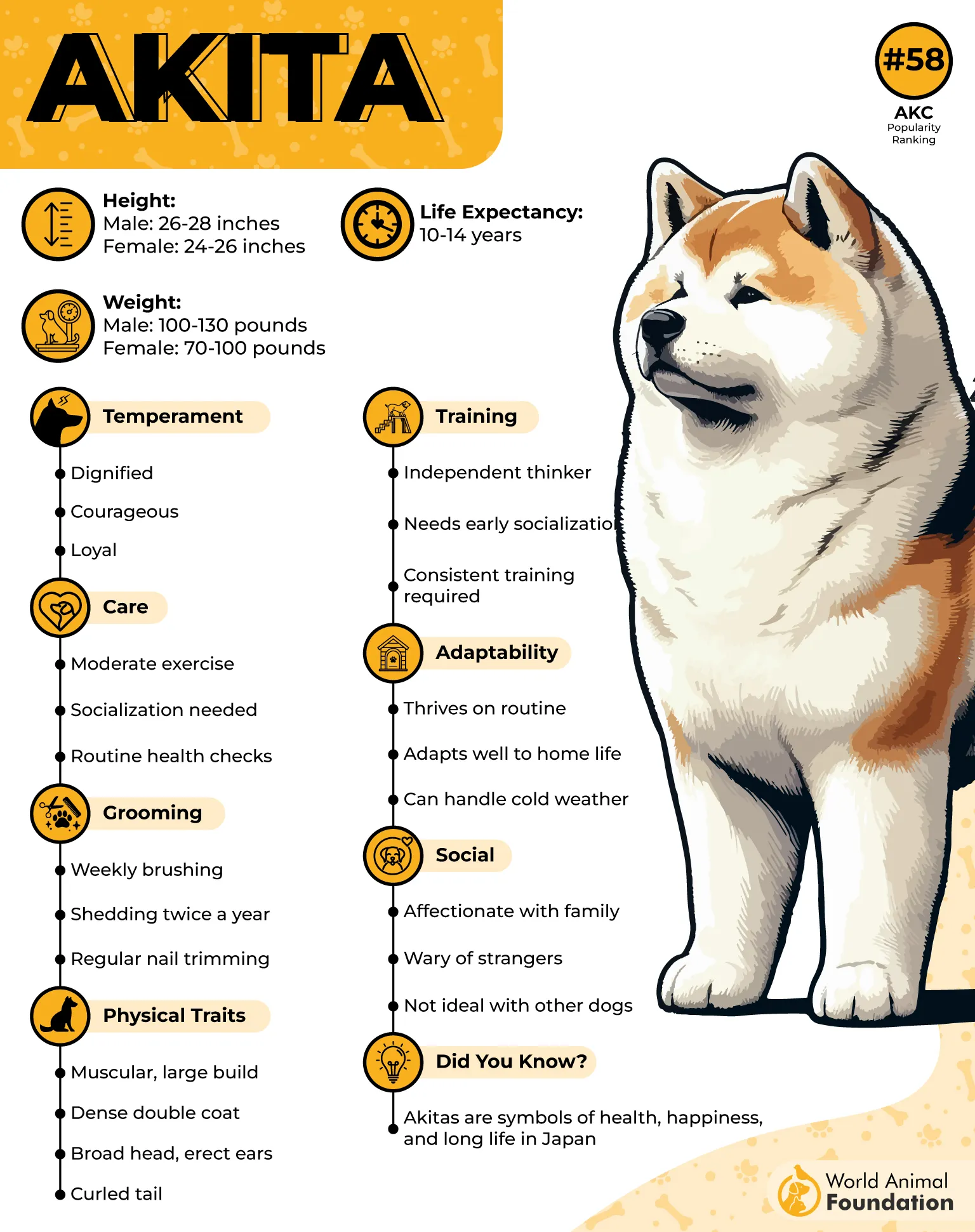
Training an Akita requires patience, as they prefer to think for themselves rather than follow orders blindly. They respect strong leadership but won’t respond to harsh corrections, making a firm yet fair approach the best method for success.
Despite their imposing appearance, they have a surprisingly gentle side with those they trust. Loyal to the core, they often stick close to their favorite person while maintaining their signature independence. This balance of devotion and self-reliance makes them a fascinating breed.
Akitas adapt best to homes with space, though they can handle an urban setting if properly exercised. Their thick double coat requires regular upkeep, but their clean habits make them relatively low-maintenance. For an owner who values a strong companion, the Akita is a perfect match.
Conclusion
Some dogs crave constant interaction, while independent dogs like the Afghan Hound prefer a touch of solitude. The Cairn Terrier, full of spunk, enjoys companionship but doesn’t rely on it. These breeds are ideal for owners who appreciate self-sufficient yet affectionate pets.
Not all independent dogs require as much exercise, but they do need mental engagement to stay happy. The Italian Greyhound, for example, does well with moderate exercise and plenty of cozy spots to lounge. Their adaptability is part of their appeal.
While training might take patience, these dogs reward consistency with unwavering loyalty. The Standard Poodle, known for its intelligence, thrives on learning at its own pace. Respecting their space while reinforcing commands is key to building trust.
From the powerful Alaskan Malamute to the regal Irish Wolfhounds, these breeds fit various lifestyles. Some excel in active households, while others prefer independence with occasional affection. Recognizing their individual needs is crucial for a happy relationship.
Independent dogs bring a unique kind of companionship—one rooted in respect, intelligence, and quiet devotion. Understanding their nature allows owners to enjoy the best of both worlds: a loving pet that values both connection and autonomy.


